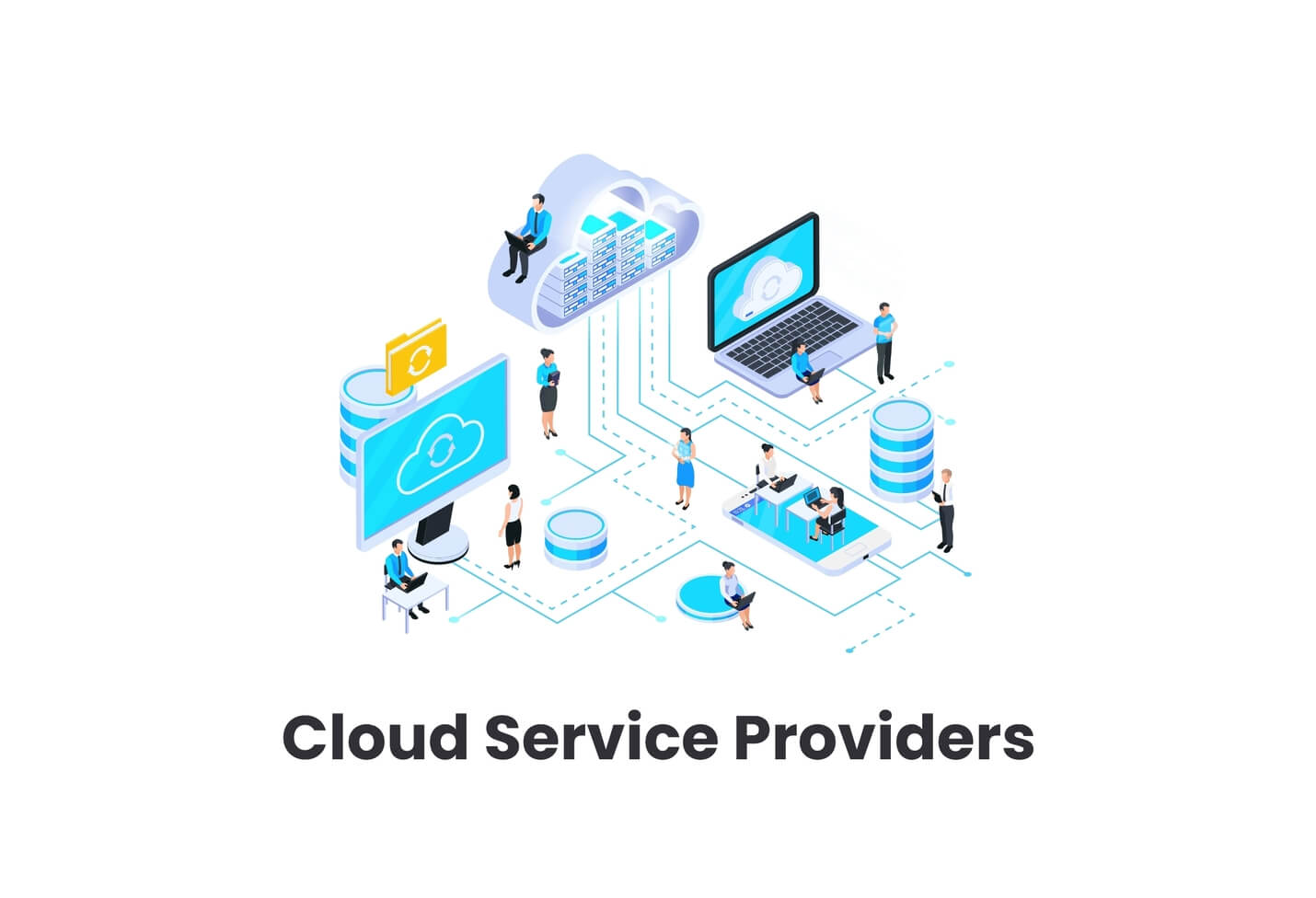Most Current Cloud Services Press Release: Advancements and Market Updates
Most Current Cloud Services Press Release: Advancements and Market Updates
Blog Article
Achieve Seamless Scalability With Cloud Services
In the ever-evolving landscape of cloud solutions, achieving seamless scalability stands as a foundation for modern-day services seeking to stay competitive and adaptable. The pursuit for smooth scalability with cloud solutions unveils a globe of possibilities for those willing to embrace the transformative power of dynamic source administration.
Advantages of Cloud Scalability
Cloud scalability provides organizations the adaptability to dynamically change sources based upon need, making certain optimum performance and cost efficiency. One key advantage is the ability to scale resources up or down quickly in feedback to varying work. This agility enables companies to meet altering customer requirements without over-provisioning sources, eventually resulting in cost financial savings. Scalability additionally improves efficiency by guaranteeing that systems can handle raised website traffic or work without experiencing downtime or downturns. By effectively alloting resources, organizations can maintain high degrees of performance during peak times without unnecessary costs during quieter durations. Additionally, cloud scalability advertises technology and experimentation by allowing businesses to conveniently test new concepts and scale them as required. This versatility urges a society of constant enhancement and adjustment, enabling organizations to stay competitive in a rapidly evolving market landscape. Eventually, the advantages of cloud scalability extend past cost financial savings to incorporate improved performance, dexterity, and technology.
Secret Attributes for Scaling
Efficient scaling in cloud services counts on crucial features that enable organizations to adjust sources dynamically based on demand. One more key function is scalability, making it possible for systems to take care of enhanced work by including sources seamlessly. On the whole, these crucial attributes jointly empower companies to achieve smooth scalability in cloud solutions.
Carrying Out Auto-Scaling Techniques
To successfully optimize source appropriation and adapt to varying work, organizations have to purposefully apply auto-scaling strategies in their cloud services framework. Auto-scaling allows systems to instantly adjust the variety of compute sources based on real-time need. There are different auto-scaling methods that organizations can use, such as predictive scaling, which utilizes historic information to anticipate future resource requirements, and reactive scaling, which replies to present workload changes.

Ideal Practices for Scalability
For organizations intending to enhance their scalability in cloud services, executing ideal methods is essential for optimum efficiency and source monitoring. One trick best practice is making applications with a microservices architecture. This strategy breaks down applications into smaller sized, independent solutions that can be released, updated, and scaled individually, permitting for better adaptability and scalability.
An additional crucial practice is making use of containerization modern technology, such as Docker or Kubernetes. Containers make it possible for the packaging of applications and their dependences right into isolated devices, making it much easier to scale components individually and deploy them regularly across various environments.
Additionally, implementing automated deployment and facilities as code (IaC) can streamline scalability initiatives (linkdaddy cloud services). Automation devices like Terraform or a fantastic read Ansible help in provisioning and handling sources efficiently, lowering hands-on errors and enabling fast scalability
In addition, monitoring performance metrics, establishing up notifies, and conducting routine ability preparation are essential methods to make certain proactive scalability management. By sticking to these best practices, organizations can achieve seamless scalability in their cloud solutions while enhancing efficiency and resource use.
Tracking Performance Metrics
When evaluating the effectiveness of cloud solutions scalability, closely monitoring performance metrics is crucial for ensuring ideal functionality and source appropriation. By constantly tracking essential performance signs (KPIs) such as feedback times, throughput, source, and latency utilization, organizations can gain beneficial insights into the health and efficiency of their cloud infrastructure. Keeping track of performance metrics enables for the very early discovery of potential traffic jams or issues that could influence scalability, allowing proactive procedures to be taken to resolve them before they intensify.

Conclusion
To conclude, attaining seamless scalability with cloud services is essential for companies to optimize performance, improve innovation, and keep high performance levels during peak times. By leveraging the advantages of cloud scalability, executing auto-scaling strategies, using essential functions such as flexibility and automation, and adhering to ideal practices like application design and performance surveillance, companies can efficiently scale their systems while optimizing source usage you can try this out and efficiency.
The mission for seamless scalability with cloud solutions unveils a globe of possibilities for those willing to embrace the transformative power of dynamic resource management.
Cloud scalability offers organizations the flexibility to dynamically readjust resources based on need, guaranteeing optimal efficiency and expense effectiveness. Another key attribute is scalability, making it possible for systems to handle enhanced work by including sources effortlessly.For companies aiming to boost their scalability in cloud services, applying best techniques is crucial for optimum performance and resource monitoring.When evaluating the efficiency of cloud services scalability, very closely keeping track of performance metrics is necessary for making certain optimum capability and source allotment.
Report this page